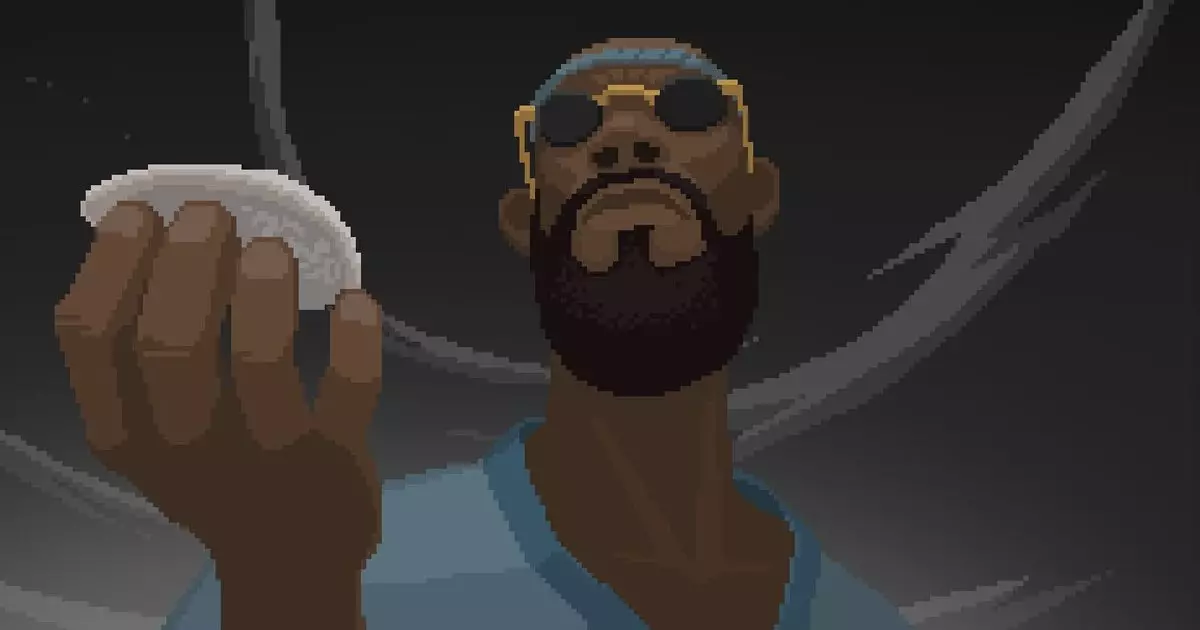In an era where the term “indie game” is thrown around with reckless abandon, its meaning has become increasingly blurred and contentious. Once a badge of honor signifying creative freedom and small-scale passion projects, “indie” today has become a marketing label, a competitive category, and sometimes, even a misnomer. The core issue is not just about who funds or develops a game but about what the spirit of independence truly entails. The question is: Does the label serve as a badge of authenticity or an oversimplification masking corporate influence?
The recent debate surrounding “Dave The Diver” exemplifies this confusion. Official nominations and industry discussions have cast a spotlight on whether a game made by a large publisher, funded by a multinational corporation, can genuinely qualify as an indie. The assumption that smaller studios automatically qualify for independence ignores the nuances of funding, decision-making autonomy, and creative control. Conversely, it is equally reductive to dismiss a game’s indie credentials solely because of funding sources—if a developer retains creative vision and strategic independence, should the game’s category be re-evaluated?
This ambiguity fuels a broader conversation: Is “independent” primarily about production size, funding, or an ethos rooted in creative integrity? The industry’s reluctance to adhere to a strict definition leads to paradoxes. For instance, a small team embedded within a giant corporation might produce a game artistically akin to groundbreaking indie titles, yet still be classified as “not indie” due to corporate backing. Meanwhile, an entirely self-funded solo project with modest scope might gain indie status despite humble origins. To categorize “indie” as merely a checklist fails to honor the complexity and diversity of modern game development.
Ownership of Identity: The Power of Perception and Cultural Context
Perceptions often drive the narrative more than actual facts. When “Dave The Diver” was nominated for an “independent” category at the 2023 Geoffrey H. Video Game Awards, a wave of skepticism erupted. Critics and fans questioned the legitimacy of the nomination, citing Nexon’s involvement and the game’s funding structure. This reveals an ingrained desire within the community to uphold certain standards—standards that are often unspoken and rooted in trust and ideology rather than clear guidelines.
Director Jaeho Hwang’s comments offer an insightful perspective. The assertion that they did not intend for the game to feel like an indie emphasizes that the label was not part of their strategic identity but rather an outsider’s perception. Yet, this perception was reinforced by stylistic choices and small-team development, illustrating that labels are often more about public perception than explicit intent. It raises an important question: Should the community judge a game based on its perceived independence or on the actual nuances of its creation?
The “indie” label, in this context, becomes a cultural artifact—one that encapsulates ideals of artistic freedom, innovation, and humility. When these ideals are co-opted or misunderstood, the essence of authenticity diminishes. Industry bodies like The Game Awards face the challenge of balancing inclusive recognition with maintaining integrity—an impossible task when the term itself has become so fluid.
The Myth of the Pure Indie and the Value of Artistic Innovation
The romanticized notion of the “pure indie” has often served as a standard of excellence—an emblem of game development untainted by commercial interests. However, this ideal is increasingly unrealistic in a landscape where even small teams require funding and resources to thrive. The reality has shifted: creativity and independence are not solely dictated by the size of a team or the source of funding but by the mindset and integrity of the developers.
“Dave The Diver” exemplifies this shift. It’s a game that, despite industry chatter, has captured players’ imaginations and sparked enthusiasm through its inventive mechanics and charming presentation. Its success underscores a broader truth: the power of innovative ideas often outweighs the origins of the funding or the label attached.
Recognizing that greatness can stem from varied circumstances—be it a small studio within a multinational or a solo developer—encourages a rethinking of how the industry and community value creative work. Instead of policing categories based on arbitrary criteria, embracing the diversity of development stories and the content they produce might lead to a healthier, more dynamic gaming culture.
In the end, the discussion about what makes a game “indie” may be less important than fostering an environment that prioritizes genuine creativity, transparency, and respect for diverse development paths. The true victory lies in celebrating innovative experiences—regardless of labels or categorization—and trusting the audience to discern authenticity for themselves.

